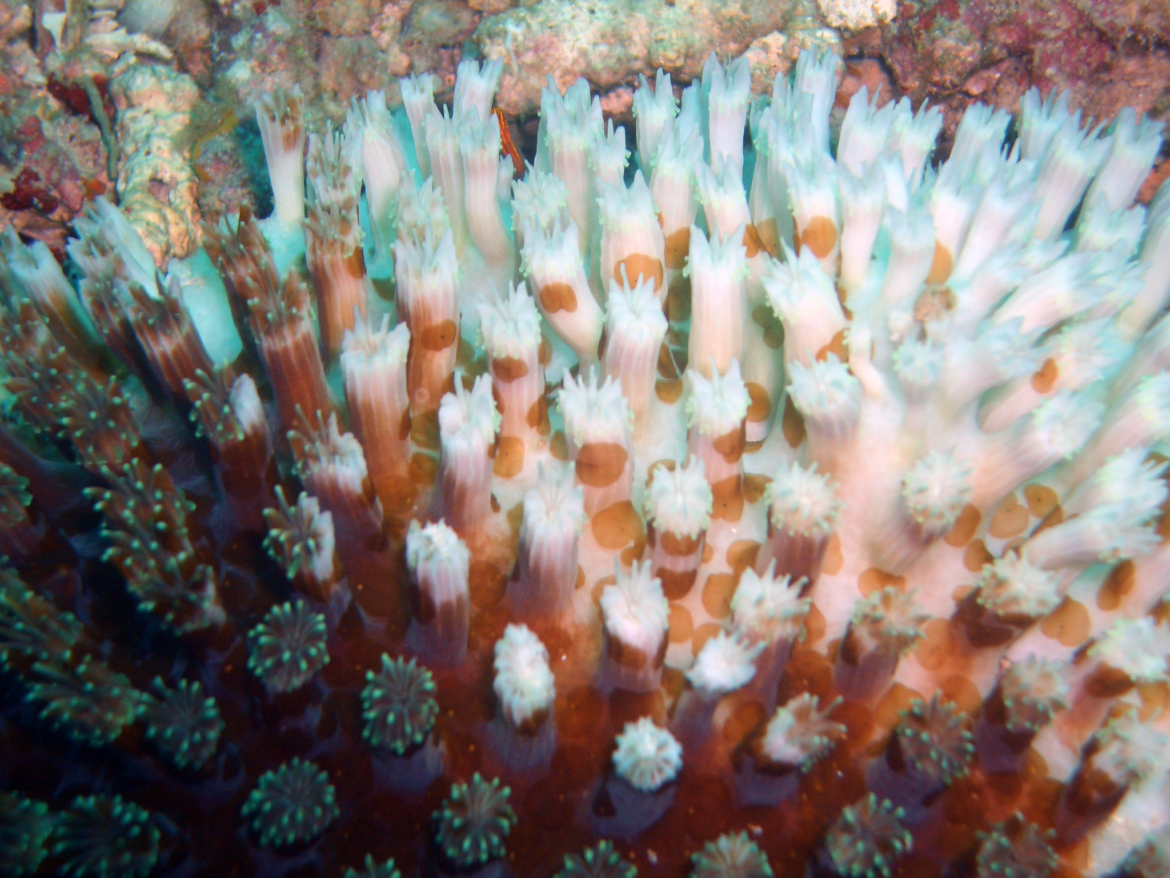By: Ashley Van Wieren
While we at Gulf Coast Bird Observatory aren’t coral experts, we do find it very interesting! Inspired by our friends at Flower Garden Banks National Marine Sanctuary and SPLASh (Stopping Plastics and Litter Along Shorelines) we decided to read up on these amazing organisms.
Coral reefs bring tourism to coastal areas, create habitat for species, and boost fish populations for fisheries. In addition to this, reefs also reduce coastal erosion and flooding. The United States Geological Survey states that coral reefs decrease wave energy by as much as 97 percent, buffering coastlines and protecting land.
Texas is the proud home to 66 artificial reef sites, which were built by humans to promote marine life. As well, off the coasts of Texas and Louisiana are natural coral reefs in the Flower Garden Banks National Marine Sanctuary (FGBNMS). This sanctuary protects reefs, engages in valuable research, and promotes education and outreach.
Coral is an animal, often mistaken for a plant due to its stationary nature. In fact, corals are typically huge colonies of small animals called polyps. Some polyps use their tentacles packed with stinging cells to capture prey like zooplankton, larvae, and detritus. Prey is then fed into a one-way mouth where the waste is later expelled from.
Corals are known for their striking appearance due to their structure and vibrant array of colors. The colors come from pigments produced by single-celled dinoflagellates (extremely small organisms) that live within most reef-building coral. These are called Zooxanthellae. Coral and Zooxanthellae have a mutualistic relationship, meaning both parties benefit from each other’s presence.
The saying “one man’s trash is another man’s treasure” is fitting here, as the coral and Zooxanthellae exchange byproducts. The coral depends on the nutrients produced by the photosynthetic Zooxanthellae as they often live in clear nutrient-poor waters. However, when coral become stressed, they release their Zooxanthellae. This process is commonly referred to as bleaching because when the Zooxanthellae make their exit, their pigments go with them, leaving the corals white. If a coral goes too long in this state, they will die from lack of nutrients.
The summer of 2023 has left the country scorched by heat waves with little to no relief in between record breaking temperatures. These increasing temperatures are not just felt on land but in the water as well. Florida water temperatures reached the temperature of a hot tub, and the earth recently had its unofficial hottest day in recorded history!
A sustained increase in temperatures and pollution stresses coral, causing bleaching. Reducing pollution and CO2 emissions can help reduce bleaching events, saving the corals that make up our reefs. While scientists and governments work to create solutions, citizens can help reefs by biking or carpooling, conserving water and electricity, refusing single use plastics, and hosting or attending beach cleanups. If you’re looking for a beach cleanup near you, take a look at SPLASh (Stopping Plastics and Litter Along Shorelines) who organize monthly cleanups in the Houston-Galveston region. We will be out there too, trying to help the coral and other marine creatures!
Photo Caption: Coral polyps undergoing a bleaching event
Credit: Samuel Chow

